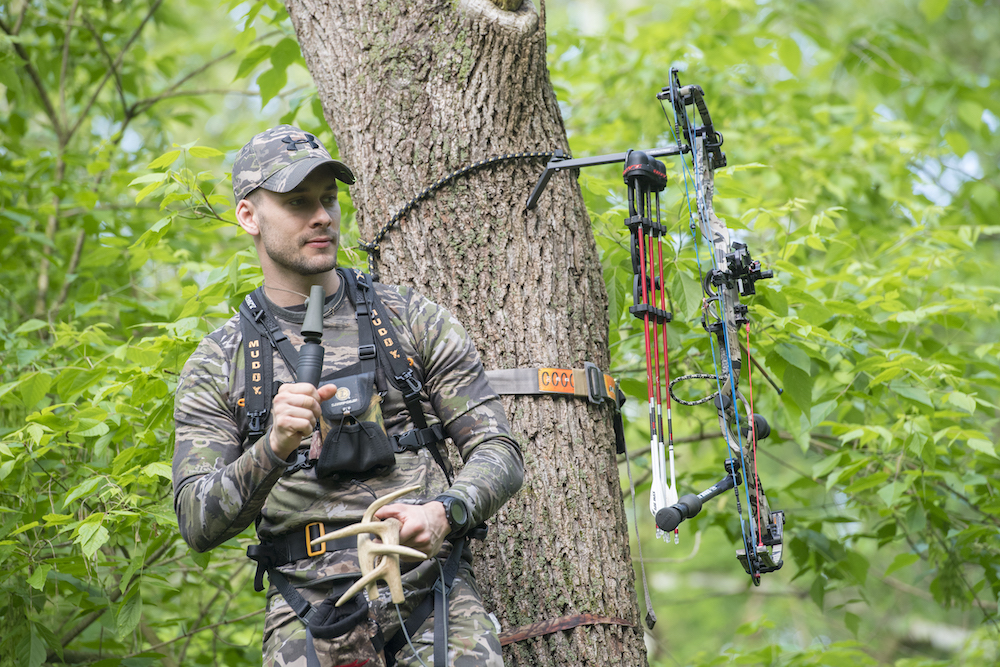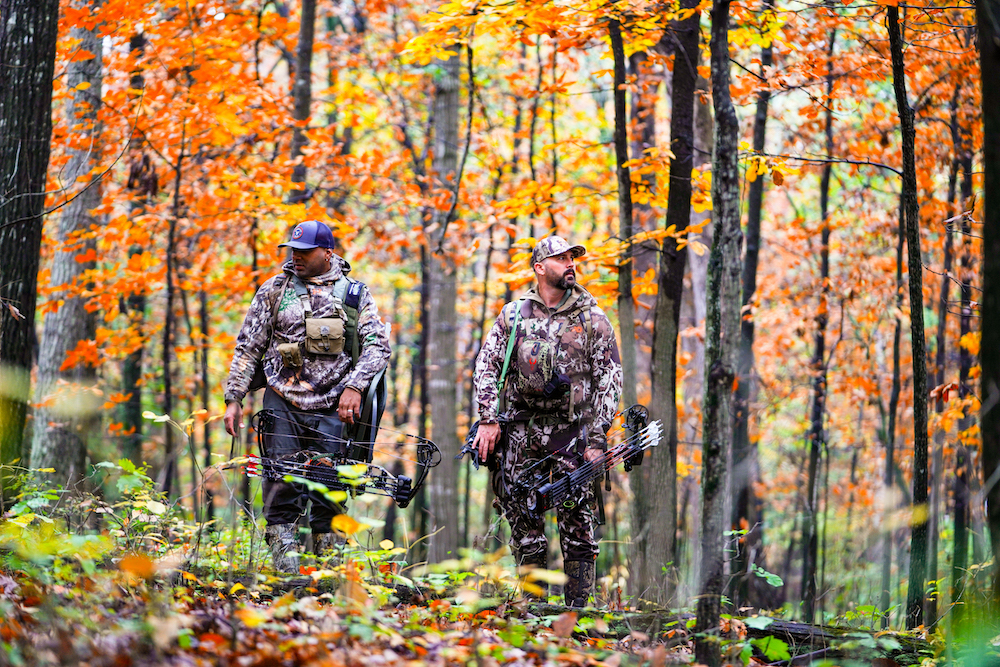Industry
ATA Works Toward Sharing Credible Hunting Participation Data
It’s difficult to get accurate information on the number of hunters in America, but the ATA has a solution.
Photo Credit: ATA
Want to know how many bowhunters there are in the United States? So do we.
In all seriousness, the answer to that question is complicated, but the ATA is working on it. Let’s review why it’s difficult for the industry to produce the precise data you’re looking for, what ATA staff are doing to provide answers in the meantime, and what information we plan to have in the future.

In some states, it's difficult to conduct one survey that will reflect how many license holders there are as well as how many bowhunters. Photo Credit: BU
Just like state wildlife agencies have different rules and regulations on hunting (e.g., season dates, bag limits, license costs, legal species to hunt, etc.), they also have different methods of tracking hunting participants in their state. Some states require participants to buy a gun hunting license and an archery hunting license if the consumer wants to do both. In contrast, participants in other states only need one license, regardless of whether they use a gun, bow or both. In those instances, the agency can’t accurately determine how many bowhunters it has within the state without also conducting a supplemental survey of individual license buyers to determine what weapon type the hunter is using. These surveys require additional time and resources to complete, so it’s unusual to get the resulting information.
To supplement data provided by state agencies, other organizations have tried to calculate the nationwide number of hunters and bowhunters in America through independent surveys. But unfortunately, those reports have their own flaws, as accuracy can vary greatly. Most surveys have a significant margin of error ranging from 1% to 5% or more, depending on the sample size, methodology used and cost. The margin of error tells you by how many percentage points the survey results may differ from the real population value. So, if a 2018 survey finds that 13% of Americans hunted and the following year the same survey finds 12% of Americans hunted, it seems safe to say that the number of hunters declined by 1 percentage point from 2018 to 2019, right? Maybe, but maybe not. Here’s why. If both surveys had an almost impossible 1% margin of error on a national survey, the real population value might be the same for both years. In other words, the 13% reported amount could have been 12% and vice versa for the second survey.
Many industry representatives question the numbers released in nationwide surveys, since varying methodologies can yield vastly different results. Additionally, they feel they can’t find or obtain timely participation numbers by state agencies. Not having reliable participation data makes it difficult to make smart business decisions, so the ATA is working toward a solution to help its members get the facts.

The ATA will continue to share the information that is available. Photo Credit: BU
Although the goal is to provide a comprehensive outlook on the number of bowhunters in the country in real time, Jennifer Mazur, ATA’s senior director of outreach and education, said we’re not there yet. In the meantime, the ATA’s outreach and education team is working on a document that outlines the total number of licenses sold in each state for the past five years. Sharing that data will help members understand how many people buy hunting licenses, which is the best representation of the number of hunters in America.
The document will not break down the license sales data by hunter age, category or type; it will simply show the total number of hunting licenses sold in each state. One license sold equals one hunter participating, regardless of whether they actually hunted or harvested an animal that year. We can assume that if they bought a license, they consider themselves a hunter, so that information would be comparable across states and years. Because the document will compile the number of license holders in America based on sales, it will be one of the most credible and factual sources of data currently available.
State agencies have always had these license numbers, but individuals had to ask annually to get them since most agencies don’t typically publish the data. That process was difficult for ATA members who didn’t know whom to contact or when to reach out to get the information.
Mazur said creating the document was a no-brainer, and it will be invaluable for ATA members.
“Thanks to our state agency partnerships, we have the right connections and contacts to get the data more easily than our members,” Mazur said. “Because we represent retailers and manufacturers across the country, it made sense for us to do the legwork and provide this data as a service to our members. These numbers will be irrefutable and undeniable, so our members can trust them.”
The comprehensive, easy-to-read document on license sales numbers will be available in May. Mazur said it’s a temporary solution, but it’s the best solution available. The ATA is also working on another project that offers more advanced information, but that won’t be comprehensive for another few years.

WE ARE HERE TO HELP THE INDUSTRY, TO HELP INDIVIDUAL BUSINESSES GET THE MOST OUT OF THE INDUSTRY, AND TO HELP YOU.

You can narrow your search by year and weapon type on the ASA's data dashboard. Photo Credit: ASA
The future of participation numbers is the data dashboard. The ATA partnered with the American Sportfishing Association, state fish and wildlife agencies, and others in 2019 to create a real-time data dashboard that allows states and industry members to get an accurate picture of statewide license sales data and information. The dashboard uses automatic, secure data transfer protocols to regularly compile license sales data from a sample of participating states in a central location with direct links. Users can search by year, region and state, and find information on hunting, bowhunting and fishing.
Although the data dashboard is currently up and running, it only has information from 20 states. The platform requires state agencies to have a compatible digital software system that connects to the dashboard to share information easily. The transition from paper to electronic licenses and records for most state agencies is slow, but Dan Forster, ATA’s vice president and chief conservation officer, is helping state agencies enter the digital era. That process requires states to approve budgets, change laws and regulations, purchase and distribute software, train staff members to use the equipment, and gain public acceptance and support from users. It’s happening, but it takes time. Mazur said the industry will have accurate, reliable, up-to-date information on nationwide hunting and bowhunting participation numbers when it finally comes together in five years or so.
The ATA will email current members when the license sales data document becomes available on ArcheryTrade.org. If you have questions, please contact Jennifer Mazur at (507) 233-8139 or jennifermazur@archerytrade.org.
